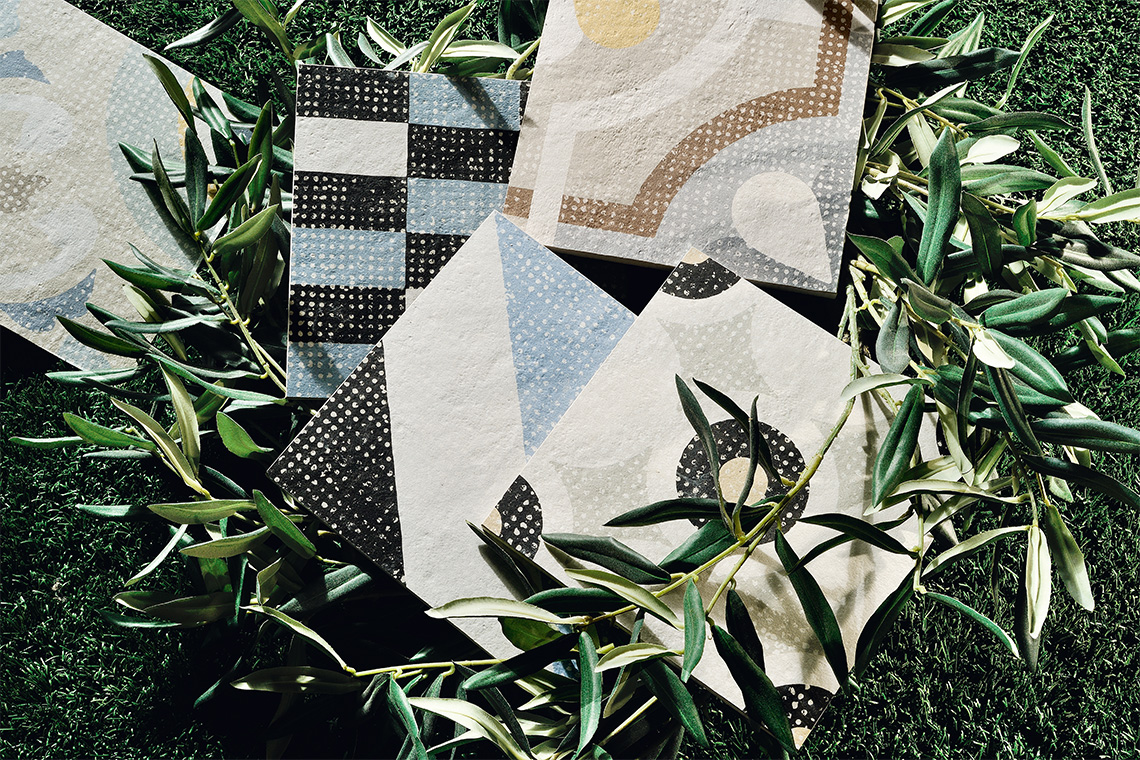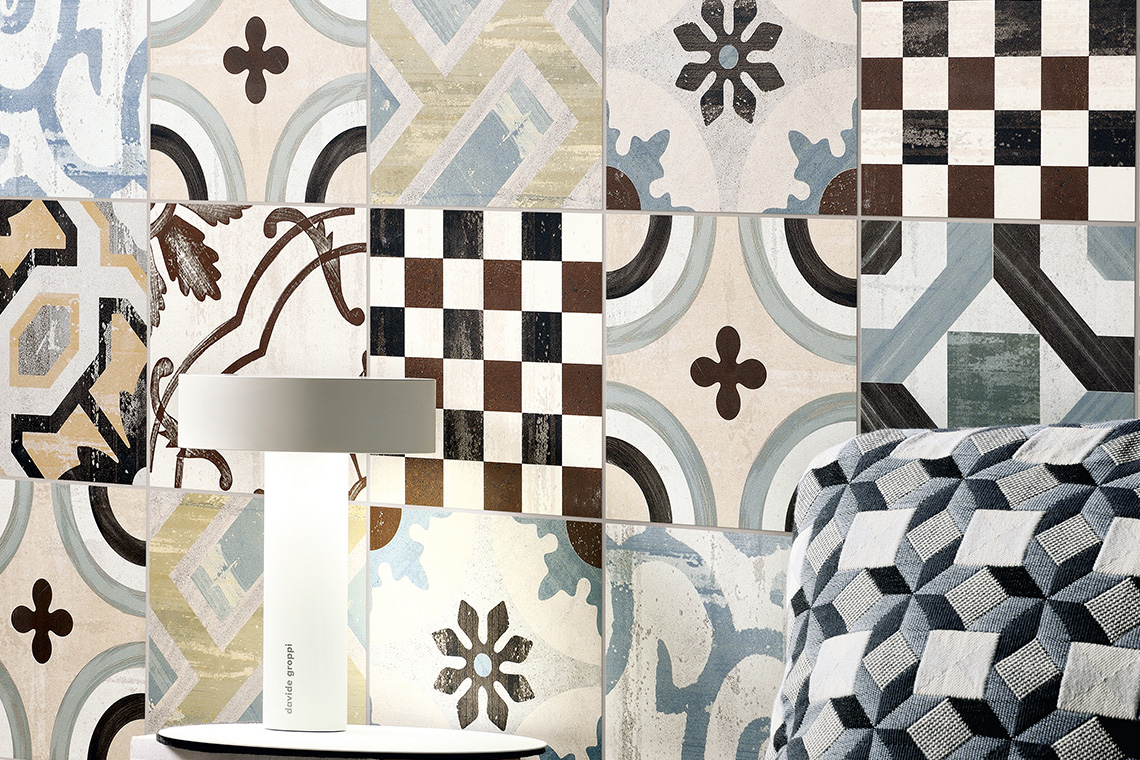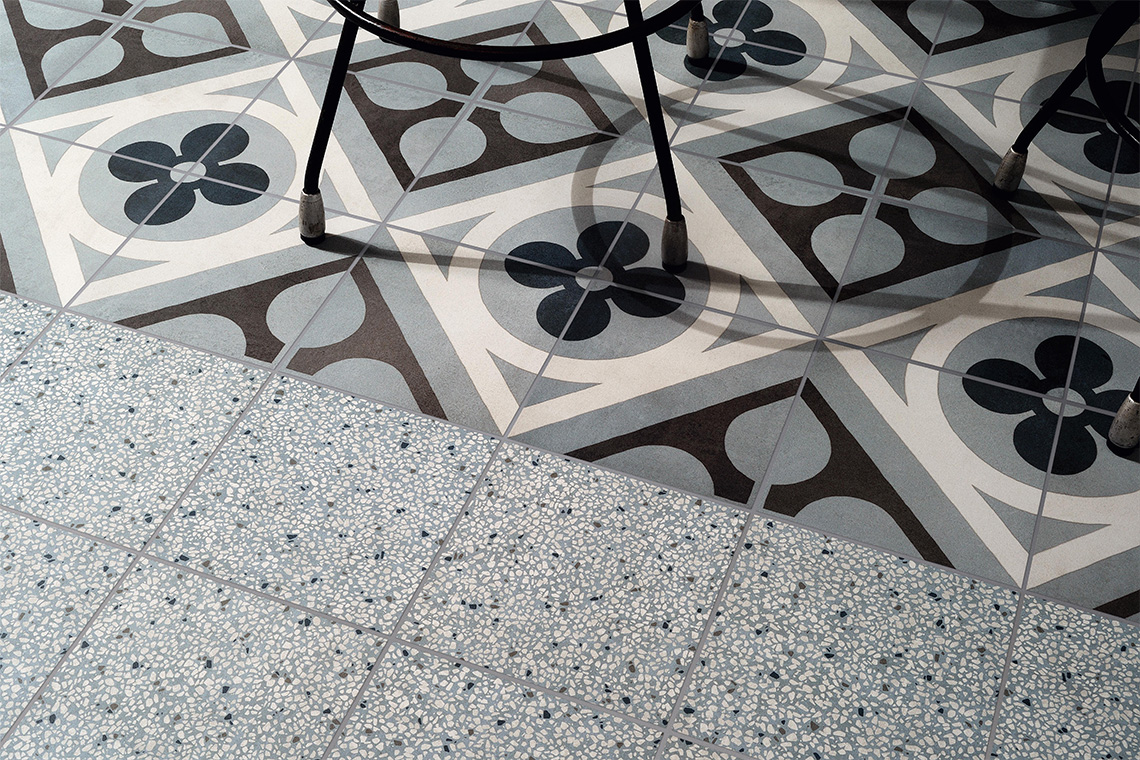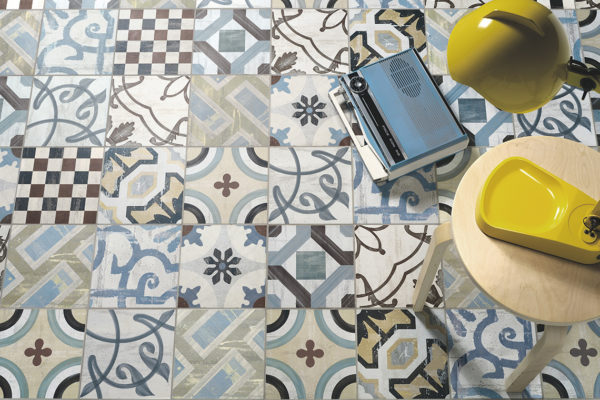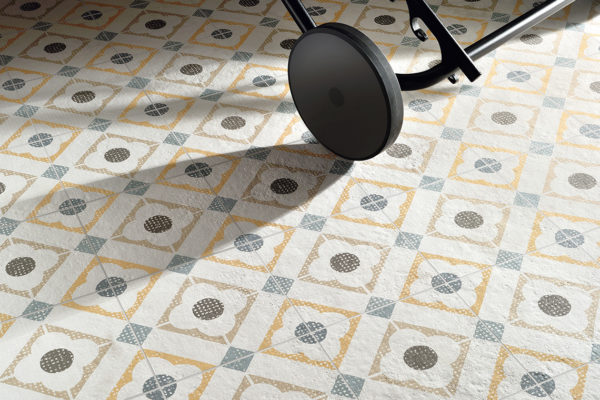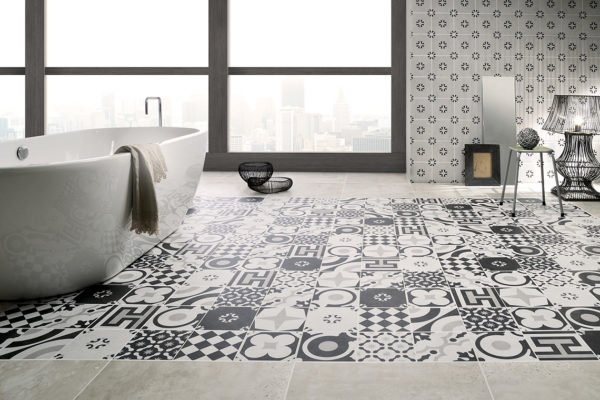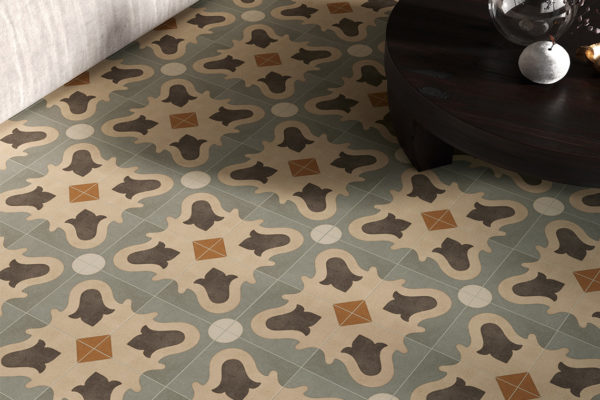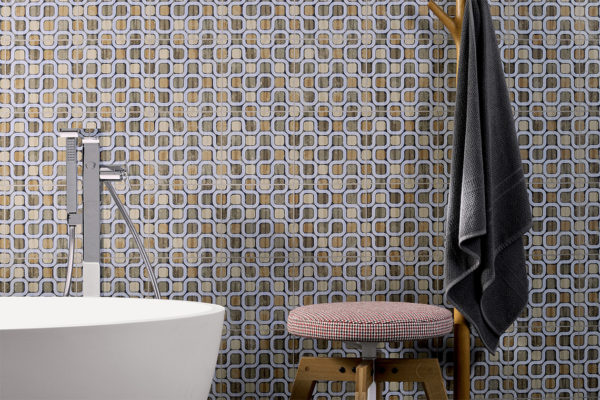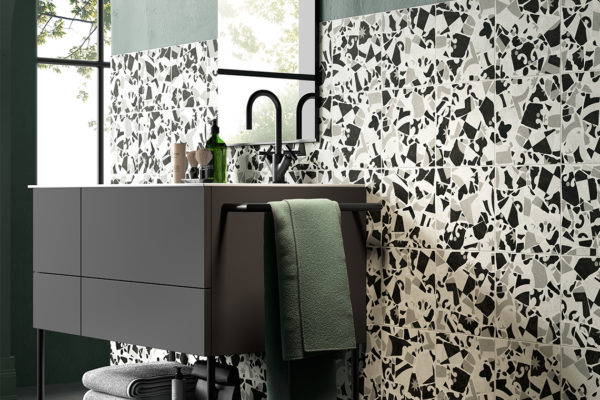
Design, innovation and culture of the territory
The new book by Carlo Branzaglia, who investigates the relationship between ceramics, design and territory
A territory is represented by ceramics with an important history and justifiably part of the world of design. This month we present a book written by Carlo Branzaglia and edited by Fausto Lupetti Editore, whose aim has been to examine these themes in “Design, Innovation and Culture of the Territory” (original title, “Design, innovazione e cultura del territorio”), focusing on the role of ceramics, and in particular, of the Cementine tiles by Fioranese. Carlo Branzaglia works in design education and strategic design; he teaches at the Academy of Fine Arts in Bologna, is scientific coordinator of the Postgraduate area of IED Milan, and is on the board of the ADI Foundation.
The role of Silvia Stanzani, who has worked with Fioranese in creating the design of the collections for enhancing all types of environments, is also very important. The book is so interesting that we have decided to put some questions to Carlo Branzaglia and Silvia Stanzani in order to better understand the passion that has led them to fall in love with the Cementine tiles, which themselves have become a veritable iconic and timeless product.
LifeTiles: What were the main reasons behind writing this book?
Carlo Branzaglia: there are many reasons that explain the birth of the book. Most of all, the fact that not only has Ceramica Fioranese invested in design as a competitive key for fully exploiting all its know-how, but it has done so working with professional talent originating from the local territory, starting from Silvia Stanzani who, with her Cementine tiles, has constructed a veritable product “type”. This is extremely important because it means the recognition in the local territory not only of technical and pragmatic skills, but also of design and strategic ones. This, if I may say so, occurs at a crucial moment for the district and of the supply chain associated with it, moving towards a smart form of production based on flexible but precise processes.
LifeTiles: What role do the Cementine tiles play in the world of design?
Silvia Stanzani: In a period of minimalism, especially in the world of ceramic products, in which concretes and woods prevail, the Cementine tiles have taken the theme of decorations back into the world of interior design. Colour and the play of patterns have returned; they appear not only on walls but also on floors, on bathroom surfaces, tables…. in places where designers had never thought of enhancing their designs. I believe that this operation certainly forms part of a design vision that goes beyond the material and is fully part of the world of design
LifeTiles: Innovation and the Cementine tiles: what links them?
Silvia Stanzani: A very deep bond. It wouldn’t have been possible to create this product without the introduction of digital graphics inside the ceramic process. The Cementine tiles have given rise to a new type of porcelain covering that combines chromatic vivacity, graphic multiplicity and very high-level technical characteristics that permit their use in every situation.
LifeTiles: What makes the Cementine tiles by Fioranese special?
Carlo Branzaglia: The fact that the starting point is a traditional form, belonging to an historical moment that, to all intents and purposes, defines Italian style and Made in Italy in the perception of the user on a global scale; it has been reinterpreted, however, in the light of technological innovations and the specific characteristics of today’s market. It’s an excellent work of design, using this term in the sense of its role as a catalyst of ideas and a facilitator of solutions; it’s a great story also in entrepreneurial terms, showing how it’s possible to short-circuit past and future.
LifeTiles: Design as a cultural anthropology. What do you mean by this?
Carlo Branzaglia: Two things. On the one hand, all artifacts (whether objects, services or communication projects) are used by people. They then construct behaviours and cultures through the relations that embody or modify the uses they make: we can think of the difference, in terms of gestures, between the use of a mobile phone and that of a dial telephone. On the other hand, artifacts come from local expertise, that is, veritable territorial cultures, and they dialogue with the rest of the world on the basis of these. The piadina is made in Romagna, furniture in Brianza, ceramic coverings in Sassuolo (brutally summarising) because the skills are ‘daily’ present and widespread along the entire supply chain. Design works on both of these aspects, therefore…
LifeTiles: We find many collections in the book, all special and all different; which are your favourite, and why?
Carlo Branzaglia: I’m sorry, but I can’t say. But that’s the fault of the Cementine tiles themselves… One of their main qualities is the fact of suggesting different image references from collection to collection. But they are also incredibly compact and recognisable in terms of style. The effect obtained if you mix pieces from different collections is quite spectacular: this obviously makes the number of possible decorative solutions infinite.
Silvia Stanzani: My favourite is, without doubt, the first launched: Cementine_20 tiles. I think that it incorporates all the innovative capacity of the collections. Despite its age (born in 2013), it’s still very up-to-date, thanks to the perfect mix between classic subjects and pure creativity; they are all developed graphically and technically in such a way as to integrate perfectly with the porcelain substrate, to create a chromatic effect that lends dynamism to the environments where they are used.
Curious? It’s possible to buy the book “Design, Innovation and Culture of the Territory ” in the best bookshops and online portals, available in Italian and English.
SHARE THE ARTICLE ON YOUR SOCIAL MEDIA PROFILES:






